- 022 315 8987
- info@myhomesconstruct.co.nz
Tired of outdated or stained bathroom tiles? A tile renovation can transform your bathroom, turning a dated space into a modern sanctuary. In Auckland, where homes face humid summers and damp winters—averaging 1200 mm of rainfall annually, per NIWA 2024 data—tiles often show wear faster, with mould or cracked grout becoming common issues. Renovating your bathroom tiles not only refreshes the look but also boosts your home’s value, a key factor in Auckland’s $1.2 million average property market, per REINZ 2024 stats. A well-tiled bathroom can add up to 3% to your resale price, making it a smart investment for homeowners in areas like Mount Eden or St Heliers. Whether you’re a DIY enthusiast in Papatoetoe or a property manager in the CBD, this guide will walk you through the process step-by-step. While DIY can save costs, some tasks—like handling water damage or ensuring compliance with NZ standards—are best left to professionals. My Homes Construct Ltd, Auckland’s trusted renovation experts, can ensure a flawless finish, whether you’re retiling or tackling a full remodel.
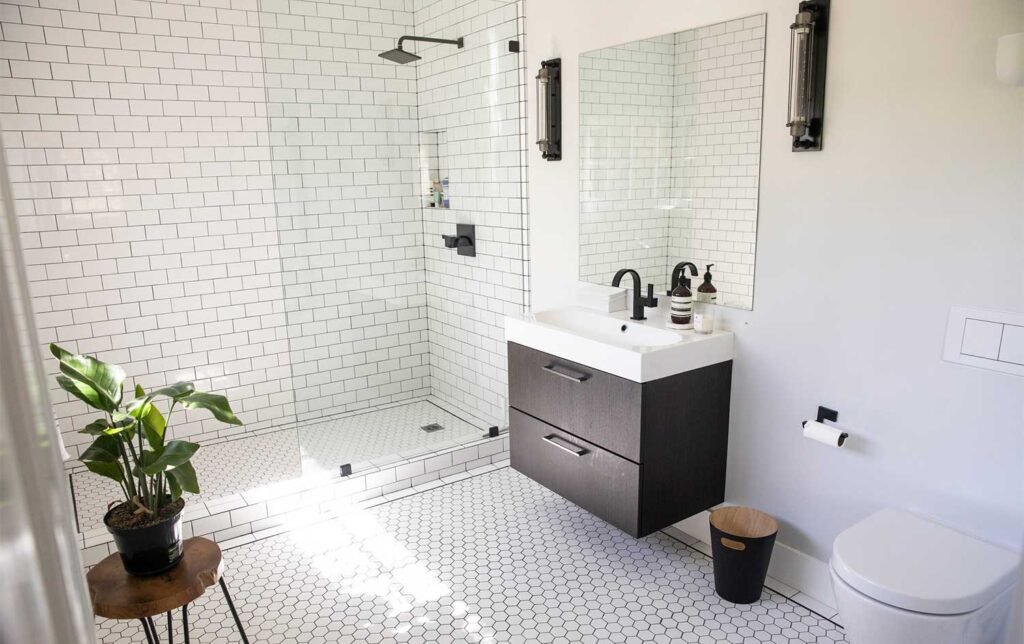
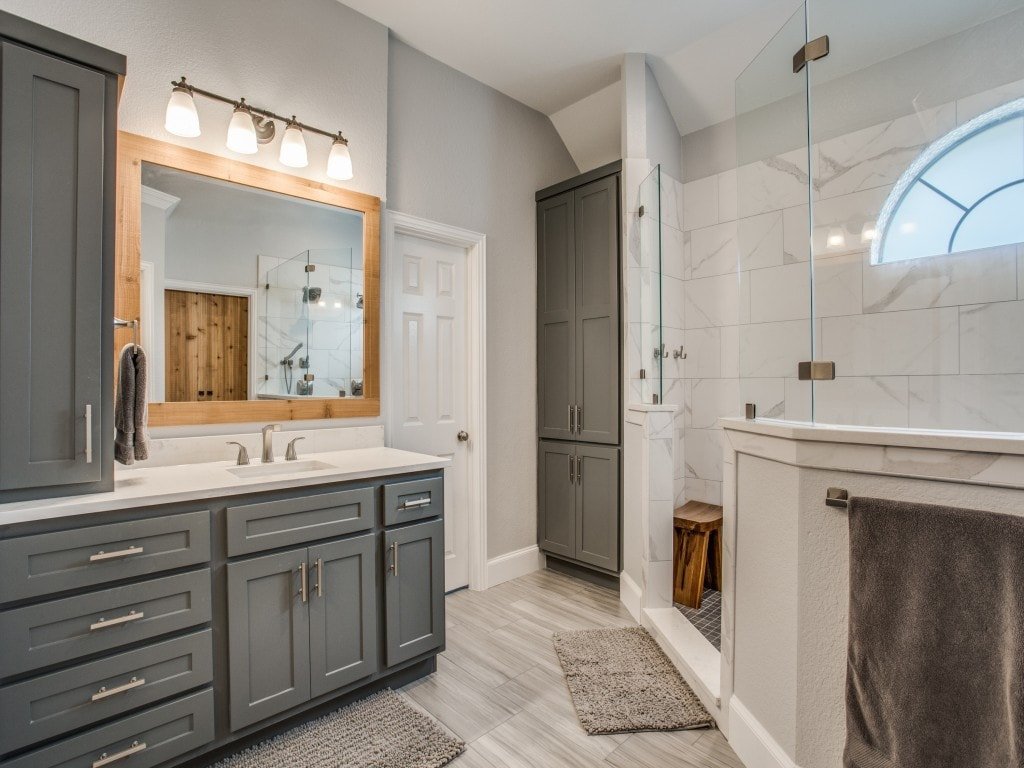
Before diving into a tile renovation, assess your existing tiles to decide whether to renovate or replace them entirely. In Auckland, where humidity can exacerbate tile issues, a thorough check is essential.
Assessment Tip: Press on tiles to check for movement—if they shift or sound hollow, they may need replacing, as water could have damaged the adhesive underneath, a red flag in Auckland’s humid climate.
Understanding your tiles’ condition helps you plan the right approach, ensuring a successful renovation that suits your Auckland home’s needs.
Having the right tools and materials is crucial for a smooth tile renovation, whether you’re DIYing in Papatoetoe or prepping for a pro job in Remuera. Here’s what you’ll need:
Tool Tip: Rent a wet tile saw from Hirepool in Albany ($50/day) for larger projects—it cuts tiles cleaner and faster, especially for intricate layouts in modern North Shore bathrooms.
With these tools and materials, you’ll be ready to tackle your tile renovation, ensuring a professional-quality result in your Auckland bathroom.
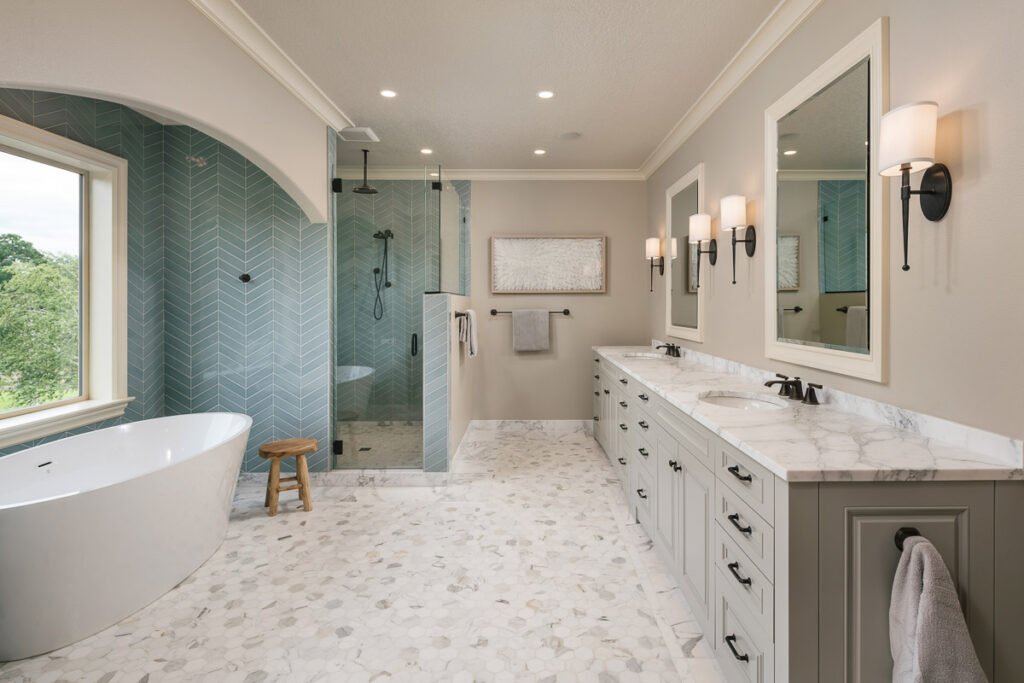
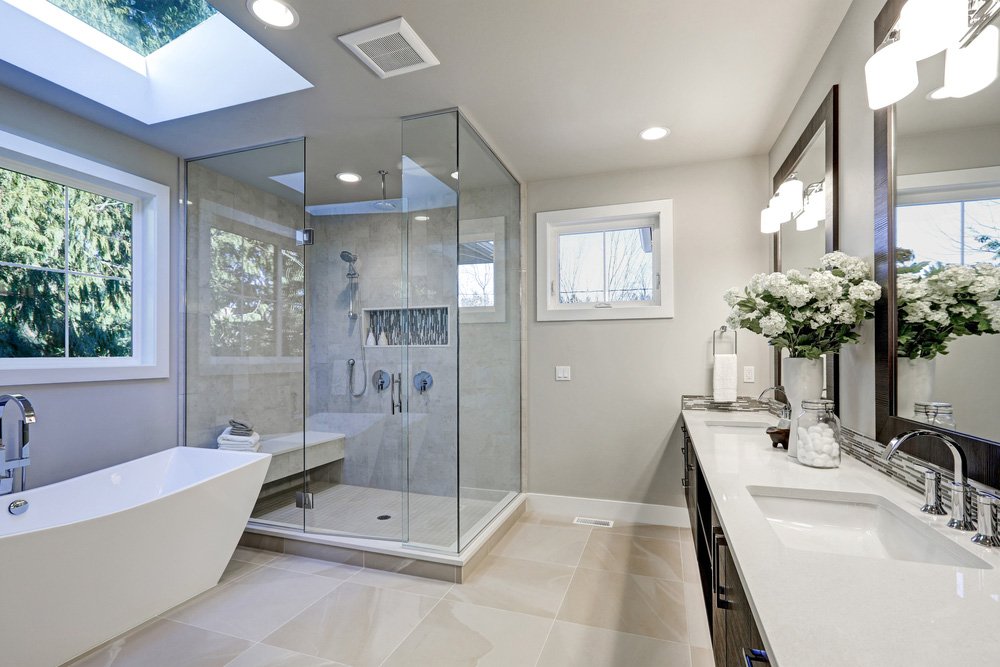
Renovating bathroom tiles can be a manageable DIY project with the right approach, especially for Auckland homeowners looking to refresh their space. Follow these steps for a pro-level finish:
A clean surface ensures better adhesion and a polished result, critical in Auckland’s humid bathrooms.
Removing old tiles requires care to avoid damaging surrounding areas, a common task in North Shore bathrooms.
A smooth, clean surface is key for new tiles to adhere properly, especially in Auckland’s wet conditions.
Proper tile application ensures a lasting finish, tailored for Auckland’s diverse bathroom styles.
Grouting and sealing protect your tiles, ensuring they withstand Auckland’s humidity and wet seasons.
Step Tip: Keep a bucket of water and sponge handy during grouting—it makes cleanup easier and ensures a neat finish, especially in smaller Mount Eden bathrooms.
Following these steps will give your bathroom tiles a professional-grade renovation, tailored for Auckland’s unique conditions and styles.
Even with a solid plan, tile renovations can have hiccups. These pro tips, inspired by Auckland’s renovation scene, will help you achieve a flawless result:
Pro Tip: Mix a small batch of grout first to test colour and consistency—some grouts darken when wet, impacting the final look, a detail often overlooked in St Heliers renovations.
These tips ensure your tile renovation goes smoothly, delivering a professional finish that enhances your Auckland bathroom’s look and safety.
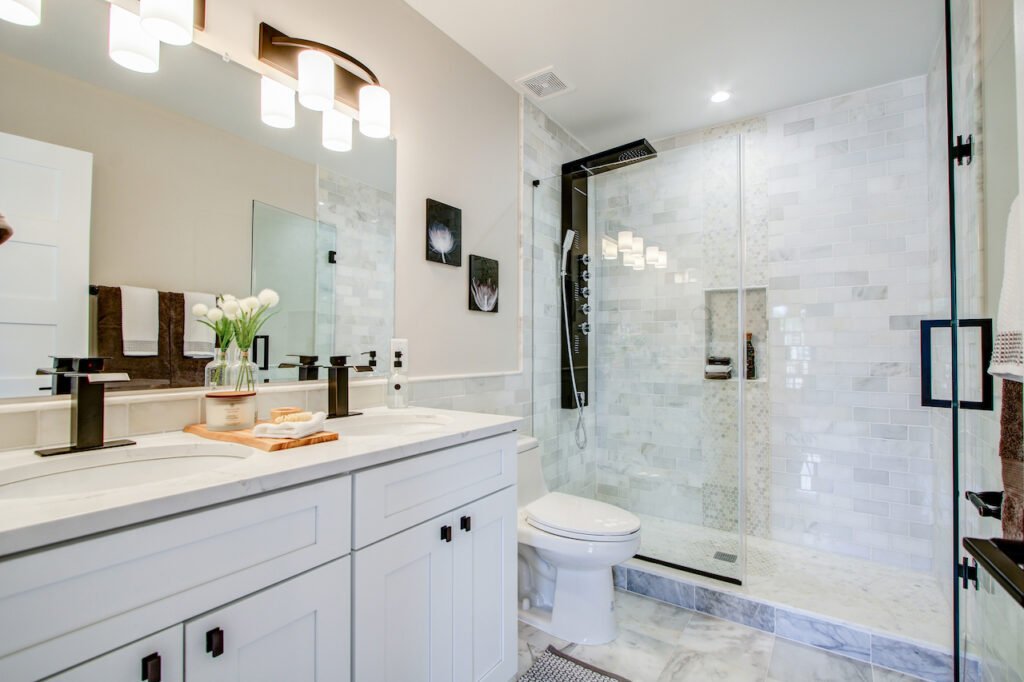
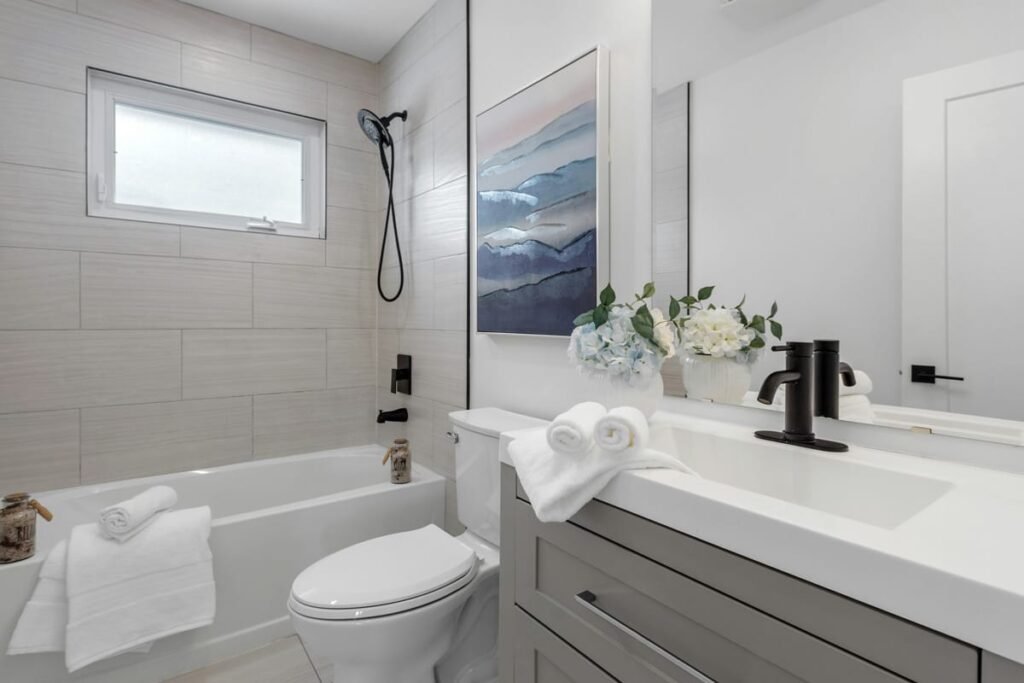
While DIY tiling can be rewarding, some situations require expert help to ensure safety, compliance, and quality, especially in Auckland’s regulated and humid environment.
Expert Tip: If you’re unsure about the scope, get a free consultation—My Homes Construct Ltd can assess your bathroom and advise on the best approach, saving you time and stress.
Calling in professionals for complex issues ensures your tile renovation is safe, compliant, and built to last in Auckland’s challenging conditions.
Can I tile over existing tiles in NZ?
Yes, if the existing tiles are secure and level, you can tile over them, saving time. However, check for water damage first, and ensure the new layer meets Clause E3 (Internal Moisture) for Auckland’s humid climate.
How long does a bathroom tile renovation take?
A DIY retiling project takes 3–5 days for a standard bathroom, including drying times. Professional jobs, like those by My Homes Construct Ltd, may take 1–2 weeks if combined with other renovations, per local timelines.
What tile type is best for wet areas in Auckland?
Porcelain tiles with slip-resistant finishes, like those from Tile Space ($60/sqm), are ideal for Auckland’s wet areas, resisting moisture and ensuring safety, per WorkSafe NZ guidelines and Clause E3 standards.
How much does a tile renovation cost in Auckland?
DIY costs range from $500–$1,500 for materials and tools, while professional retiling by My Homes Construct Ltd averages $3,000–$5,000, depending on size and complexity, per 2024 Builderscrack data.
Can I renovate tiles myself if I’m new to DIY?
Yes, for small repairs or regrouting, but extensive retiling or water damage repairs are best left to professionals, ensuring compliance with NZ regulations, especially in regulated areas like Parnell, per local advice.
Renovating bathroom tiles can breathe new life into your home, transforming a tired space into a stylish, functional retreat. Whether you’re tackling a DIY project in Papatoetoe or refreshing a rental in the CBD, updated tiles enhance comfort, improve hygiene, and boost resale value in Auckland’s competitive $1.2 million property market. This guide has walked you through assessing your tiles, gathering tools, and following a pro-level process, with tips to ensure a smooth renovation. While DIY can work for smaller jobs, complex issues like water damage or plumbing require expert help to meet NZ standards and withstand Auckland’s humidity. For a flawless finish, trust My Homes Construct Ltd—Auckland’s go-to renovation experts—to deliver a bathroom that’s both beautiful and built to last.
📞 Contact the Auckland Renovation Experts
My Homes Construct Ltd
📞 Call: 022 315 8987
📧 Email: info@myhomesconstruct.co.nz
From retiling to full makeovers—we’re Auckland’s trusted name in bathroom renovations.
Ready to renovate your bathroom tiles? Contact us today for a free consultation and start your journey to a stunning new space!
WhatsApp us